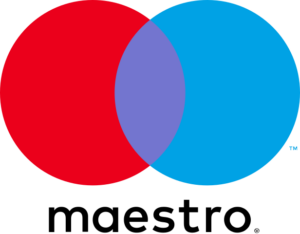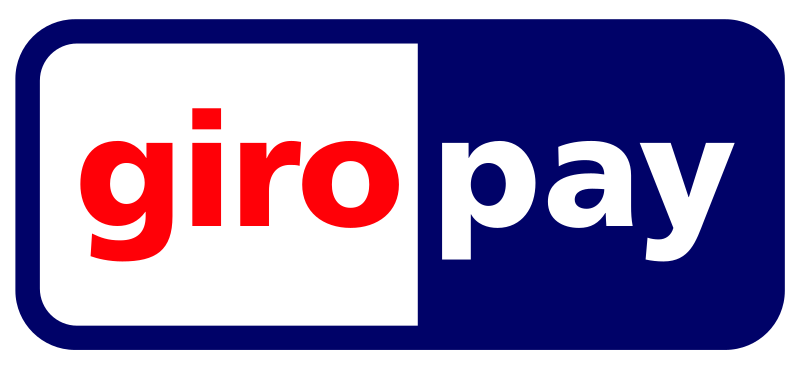A chart pattern described as a series of price movements that indicate a temporary halt in the current prevailing trend, but that it should continue after the break.
The entry point is typically determined by a breakout from the continuation pattern. Traders often wait for a decisive breakout above the pattern’s resistance line (in an uptrend) or below the pattern’s support line (in a downtrend). This breakout suggests that the consolidation phase is ending, and the price is likely to continue in the direction of the previous trend.




The material on this website is for general educational purposes only and comprises personal opinions and ideas. It should not be interpreted as containing any type of financial advice. The material does not suggest purchasing financial services, nor does it guarantee the performance or outcome of future transactions. Operations mentioned in this material can be considered high-risk transactions and it is possible that by trading you may sustain significant investment losses, possibly including the loss of money in your account. When trading, you must always take into consideration your level of experience and seek independent financial advice if necessary. The accuracy, validity, or completeness of this information is not guaranteed and no liability is assumed for any direct or indirect loss related to any investment based on the material.
The information on this site is not directed at residents of any particular country outside the company base country and is not intended for distribution to, or use by, any person in any country or jurisdiction where such distribution or use would be contrary to local law or regulation.


